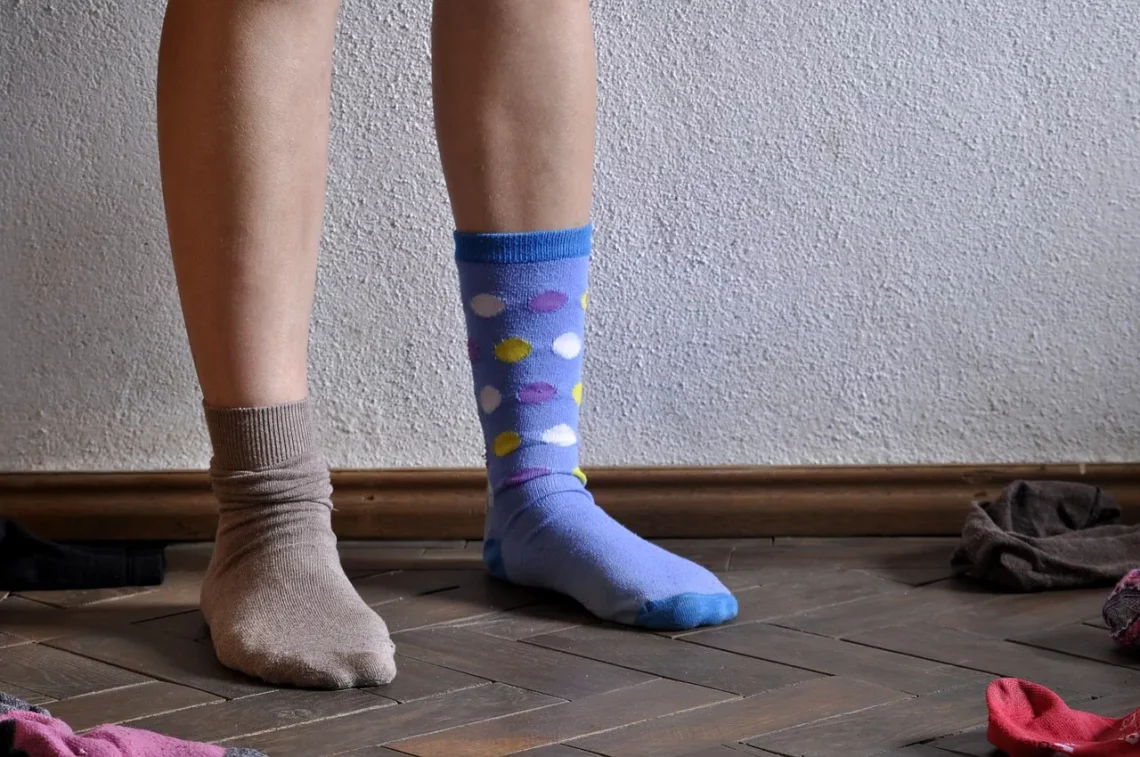
The Ultimate Guide to Choosing the Perfect Jockey Socks for Comfort
Choosing the right pair of socks may seem like a trivial decision, but for jockeys and horse riders, it can significantly affect their performance and comfort. The right socks can help prevent blisters, wick away moisture, and provide the necessary support during long hours in the saddle. With a wide variety of materials, styles, and features available in the market, understanding what makes a great pair of jockey socks is essential.
Whether you are a professional jockey or a passionate equestrian enthusiast, investing in high-quality socks is paramount. Not only do they play a crucial role in foot health, but they also contribute to overall riding experience. The right socks can enhance your grip in the stirrups, reduce fatigue, and keep your feet warm or cool, depending on the weather conditions. As you embark on your journey to find the perfect pair, consider various factors that will impact your comfort and performance. This guide will delve into essential considerations, helping you make an informed decision that suits your unique needs.
Understanding the Importance of Material
When selecting jockey socks, the material is one of the most crucial aspects to consider. Different fabrics have varying properties that can influence comfort, durability, and moisture management. Common materials used in jockey socks include cotton, wool, synthetic blends, and specialized moisture-wicking fabrics.
Cotton is a popular choice for everyday wear due to its softness and breathability. However, it may not be the best option for intense riding sessions. Cotton tends to absorb moisture, which can lead to damp socks and increased friction, ultimately resulting in blisters. For this reason, while cotton socks may feel comfortable initially, they can become uncomfortable over time, especially during long rides.
Wool, particularly merino wool, offers excellent insulation and moisture-wicking properties. It helps regulate temperature, keeping your feet warm in colder weather and cool when it’s hot outside. Merino wool is also naturally odor-resistant, making it a great choice for long days in the saddle. Additionally, wool socks provide cushioning and support, which enhances comfort during rides.
Synthetic blends, such as polyester and nylon, are engineered materials designed to wick away moisture rapidly. These socks are often lightweight, durable, and breathable, making them ideal for performance-oriented riders. Many high-quality jockey socks utilize a combination of synthetic fibers and natural materials to maximize comfort and functionality.
Ultimately, the best material for your jockey socks will depend on your specific riding conditions and personal preferences. If you often ride in wet or humid environments, moisture-wicking synthetic materials may be your best bet. However, if you’re looking for warmth and comfort, merino wool may be the ideal choice.
The Role of Fit and Design
The fit and design of jockey socks are equally important as the material. A well-fitted sock will significantly enhance your riding experience by minimizing the risk of blisters and providing adequate support. Socks that are too tight can restrict circulation, while those that are too loose can bunch up and cause friction.
When selecting jockey socks, consider the length. Crew-length socks generally provide more coverage and warmth, making them suitable for colder climates. Ankle-length socks, on the other hand, are ideal for warmer weather, offering breathability and comfort without excess bulk. Some riders may prefer knee-high socks, which can provide additional support and warmth, especially in cooler conditions.
Another important aspect of sock design is the presence of arch support and cushioning. Many jockey socks come with extra padding in key areas such as the heel and ball of the foot, which can enhance comfort and reduce fatigue. Additionally, some socks feature graduated compression, which can improve blood flow and reduce swelling during long rides.
Seamless construction is another design element worth considering. Socks with seams can create pressure points that lead to discomfort, especially during extended periods of wear. Opting for seamless or flat-seamed socks can enhance overall comfort and reduce the likelihood of irritation.
Lastly, pay attention to the sock’s color and pattern. While this may not directly impact comfort, it can affect your confidence and style while riding. Choose colors and designs that resonate with you and reflect your personality, making your riding experience more enjoyable.
Choosing the Right Thickness and Padding
The thickness of your jockey socks plays a significant role in overall comfort and performance. Sock thickness can vary from ultra-thin to extra-thick, and the choice largely depends on personal preference and riding conditions.
Thin socks are often preferred for warmer weather and when wearing tight-fitting riding boots. They provide a close fit and enhance the feel of the stirrups, allowing for better control and responsiveness. However, if you find that thin socks lack cushioning, look for options that offer targeted padding in strategic areas without compromising on thickness.
Conversely, thicker socks are generally favored in colder conditions. They provide additional insulation and comfort, helping to keep your feet warm during chilly rides. However, be cautious with overly thick socks, as they may alter the fit of your riding boots, leading to discomfort or reduced control.
Cushioning is another factor to consider when choosing sock thickness. Some riders may prefer socks with extra cushioning in the heel and toe areas for added comfort and shock absorption. This can be particularly beneficial during long rides or when riding over rough terrain.
Ultimately, the right balance of thickness and padding will depend on your riding style, boot fit, and environmental conditions. It may be worthwhile to experiment with different sock types to find the perfect combination that enhances your riding experience.
Care and Maintenance for Longevity
Proper care and maintenance of your jockey socks can extend their lifespan and keep them performing optimally. Different materials may have specific washing instructions, so always refer to the label before laundering.
For most synthetic and wool socks, machine washing in cold water with a gentle cycle is recommended. Avoid using fabric softeners, as they can break down the fibers and reduce moisture-wicking capabilities. Instead, opt for a mild detergent that is suitable for the specific material of your socks.
Air drying is typically the best option for drying socks, especially wool, as high heat can cause shrinkage and damage. Lay your socks flat to dry or hang them up, avoiding direct sunlight, which can fade colors and weaken fibers.
Storing your socks properly is also essential for maintaining their shape and integrity. Avoid rolling them up tightly, as this can create creases and damage the elastic. Instead, fold them neatly or store them in a dedicated drawer to keep them organized and in good condition.
Finally, periodically inspect your socks for signs of wear and tear. Look for thinning areas, holes, or loss of elasticity. Addressing these issues early can prevent further damage and ensure that you always have a reliable pair of socks ready for your next ride.
In conclusion, while jockey socks may seem like a minor accessory, selecting the right pair can significantly impact your comfort and performance in the saddle. By understanding the importance of materials, fit, thickness, and proper care, you can make an informed decision that enhances your riding experience. Remember to prioritize your comfort and performance, and you will find the perfect pair of jockey socks that will serve you well.
*Note: This article is for informational purposes only and should not be considered medical advice. For any health-related concerns, please consult a qualified healthcare professional.*




